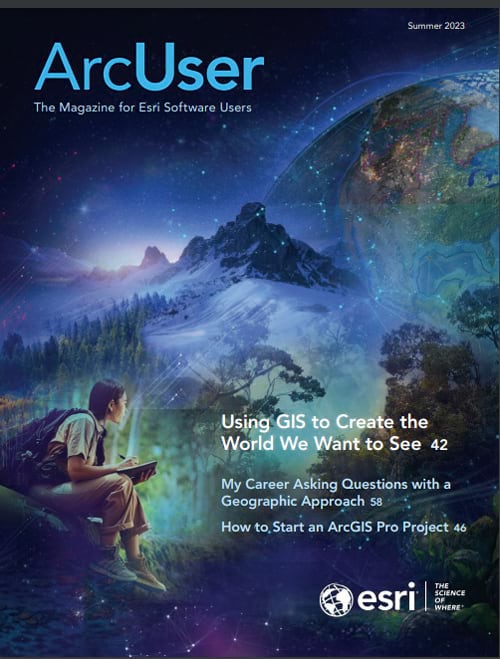Spatial Statistics Illustrated
By Lauren Bennett and Flora Vale
Recent improvements in computational capacity and access to data mean that data science can now be applied to many complex problems. Spatial Statistics Illustrated by Lauren Bennett and Flora Vale provides an approachable introduction to a key area of data science: spatial statistics.
Spatial statistics is a vast and special field of statistics. This book focuses on understanding what makes spatial statistics special and illustrates this through explaining the capabilities and tools available in ArcGIS and the concepts they are built on. With this understanding, readers will know when to use spatial statistics and how to apply and interpret them. The topics covered include means and medians, finding clusters with machine learning, statistical cluster analysis, spatiotemporal pattern mining, and modeling spatial relationships and making predictions.
The authors have extensive experience in the development of GIS tools for applying spatial statistics. Bennett leads the spatial analysis and data science product engineering team at Esri. In her role, she oversees the R&D for the ArcGIS geoprocessing framework, which includes spatial and spatiotemporal statistics, raster and multidimensional analysis, machine learning, and big data analytics. She holds a bachelor’s degree in geography, a master’s degree in geographic and cartographic science, and a doctorate in information systems and technology. Vale is a product engineer on the spatial analysis and data science product engineering team at Esri. She is currently pursuing a doctorate in information systems and technology. Esri Press, 2023, 176 pp., print ISBN: 9781589485709, ebook ISBN: 9781589485716.
Geospatial Data, Information,
and Intelligence
By Aaron Jabbour and Renny Babiarz
The premise of Geospatial Data, Information, and Intelligence is that location is central to understanding the world and that geospatial analysis can help people arrive at solutions to many problems. Instead of employing the historical approach used in many texts, this book introduces principles and practices of using geospatial data and information through an approach structured around observation, analysis, and communication processes. The emphasis on communicating the results of analysis is unique and valuable since the best analysis has little impact if it is not well communicated. The target audience of students, faculty, and practitioners can benefit from the authors’ 30 years of experience in the geospatial intelligence (GEOINT) field. Artech House, 2023, 262 pp., ISBN: 9781630819798.

